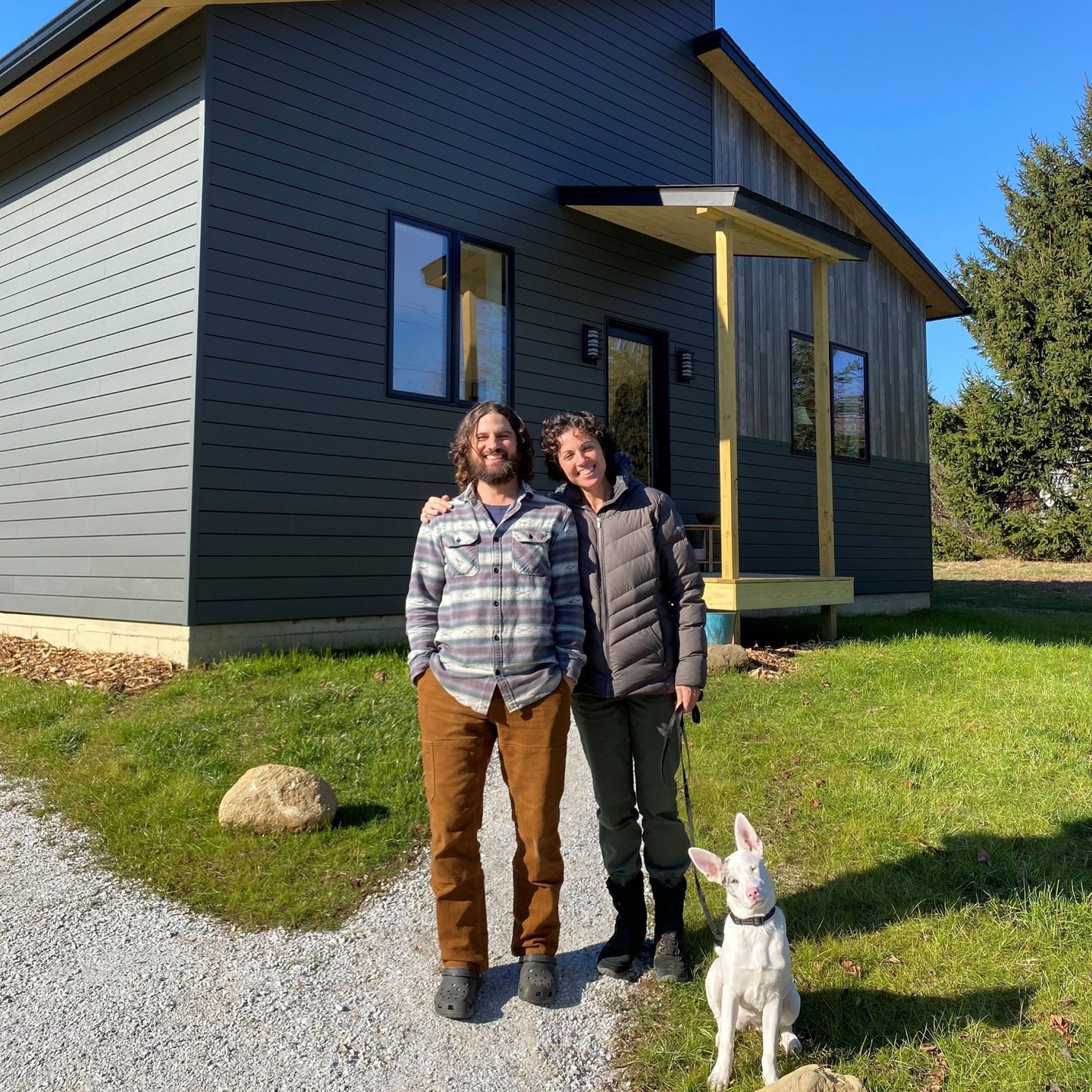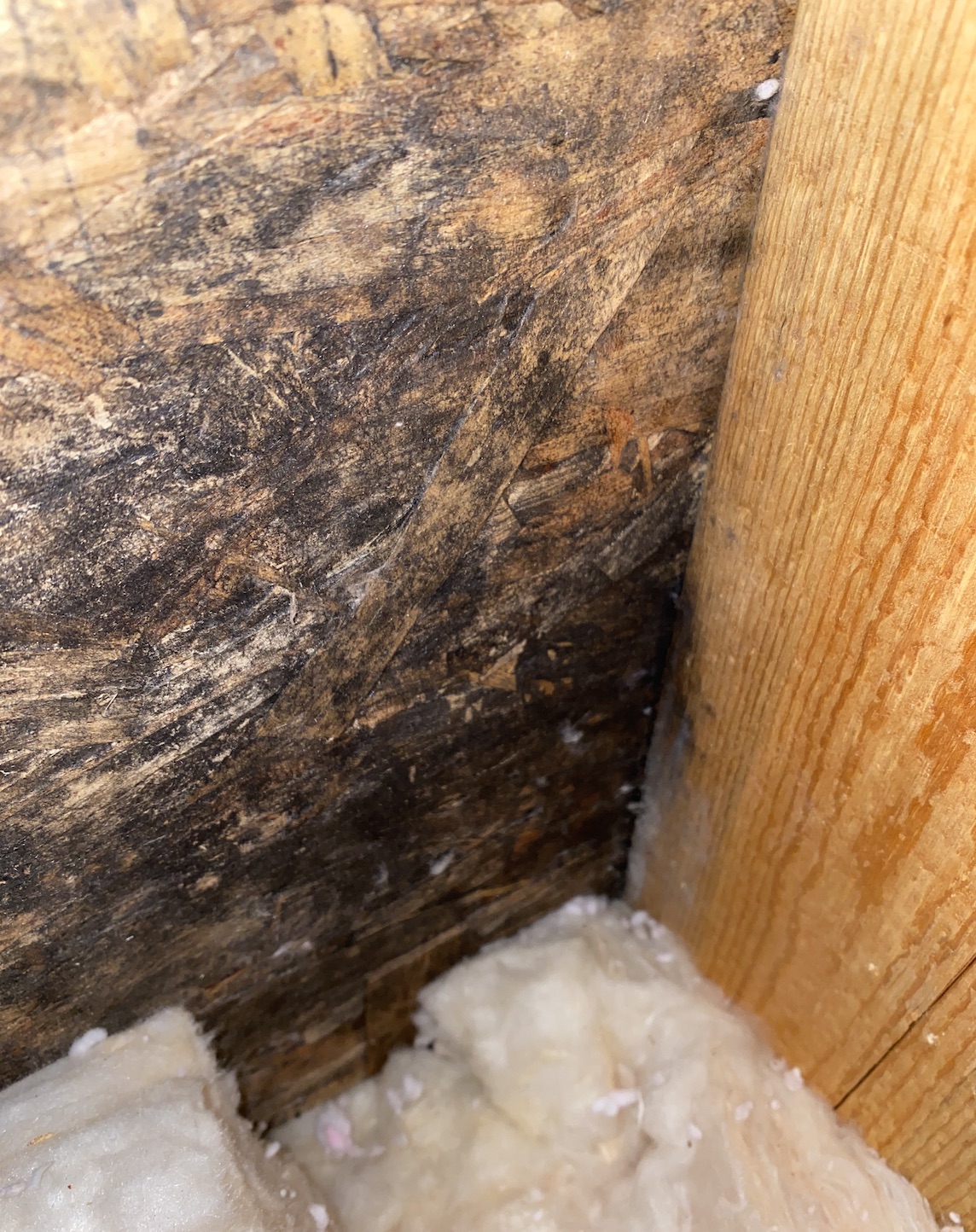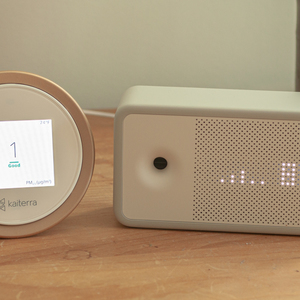
Do you know what activity we spend the most time doing? The answer is sleep. According to the Wall Street Journal, we spend more time sleeping than we do working, playing, caring for family, or doing housework. How we spend our time fascinates me, but what I really wanted the answer to when I found that article was, “How much time do we spend in our homes?”
I’ve often heard that we spend 90% of our time indoors. I wanted to see if I could verify that fact, and, specifically, learn what percentage of that time is spent in our own home. It turns out that we spend 86.9% of our time in buildings and 68.7% of our time in our homes, according to a study by the National Exposure Research Laboratory and the U. S. Environmental Protection Agency (EPA). That’s a lot of time, much of it spent doing nothing but breathing in and breathing out. Needless to say, indoor air quality is a subject worthy of our attention.
For many designers and builders of high-performance homes, providing healthy indoor air quality is a non-negotiable part of the process. “This is something we pay close attention to on every project,” said Stephanie Horowitz, managing director at ZeroEnergy Design, in a recent interview. “We write it into our specification, we educate our clients about the importance of it, we make it a top priority.”
Examples of common indoor air pollutants include carbon monoxide, radon, and mold, which present a range of potential risks. Carbon monoxide can kill you quickly. That’s why carbon monoxide detectors are required by law in most areas. Radon can kill you too, albeit much more slowly than carbon monoxide. Still, installing a passive radon mitigation system is considered best practice in new homes and radon testing is…
Weekly Newsletter
Get building science and energy efficiency advice, plus special offers, in your inbox.

This article is only available to GBA Prime Members
Sign up for a free trial and get instant access to this article as well as GBA’s complete library of premium articles and construction details.
Start Free TrialAlready a member? Log in















4 Comments
Having wandered around the margins of this subject, taken a CMHC course on IDAQ - this is definitely the best and most useful summary I've read. It's not something to be afraid of, it just needs some attention paid to it.
On a related side-note: Too many people view sleep as time out of their life, rather than a pleasurable activity in it's own right. I look forward to going to bed each night. I hope Brian's next blog is titled Sleep For Success!
I'm glad that was your takeaway Malcolm. That's exactly how I felt after doing the research. There are legitimate concerns here, but the solutions are well within reach.
I sleep pretty well too. Perhaps we'll share sleep tips sometime.
Great article..
This article reminds me of many ago when I purchased a new mobile home.. After it was bought, moved and set up, the salesman said I need to sign a disclaimer that said I knew formaldehyde was used in some of the building products.. I'm not sure how I would have reacted had he asked me to sign before I agreed to buy it. But I really felt like I was bent over a barrel after the mobile home was paid for and set up on my property.
On the other hand, formaldehyde is a natural part of our world. Formaldehyde is found in every living system from plants to animals to humans produced as part of our normal metabolic process. If a person inhales formaldehyde, the body breaks it down rapidly, just like when it is naturally produced in our bodies.
Instead of studying MSDS sheets for every product you consider, it would be great if there was a data base of products known to have low VOC's.. Without that data and combined with difficult task of hiring a contractor who if familiar with or willing to build a super insulated home, make the project a challenge.
Hi Rerod,
I did read a few times in my research that manufactured homes had particularly high levels of potentially harmful indoor air pollutants, but I didn't verify that with a trusted source, so I didn't include it in the article.
While a single database of healthy materials would be great, there are more and more sources of trustworthy information. Start with the options I offered in the text...the Healthy Materials Lab, Green Seal, Green Guard, and Cradle to Cradle, the Living Building Challenge Declare program, etc.
Thanks for the feedback.
Log in or become a member to post a comment.
Sign up Log in